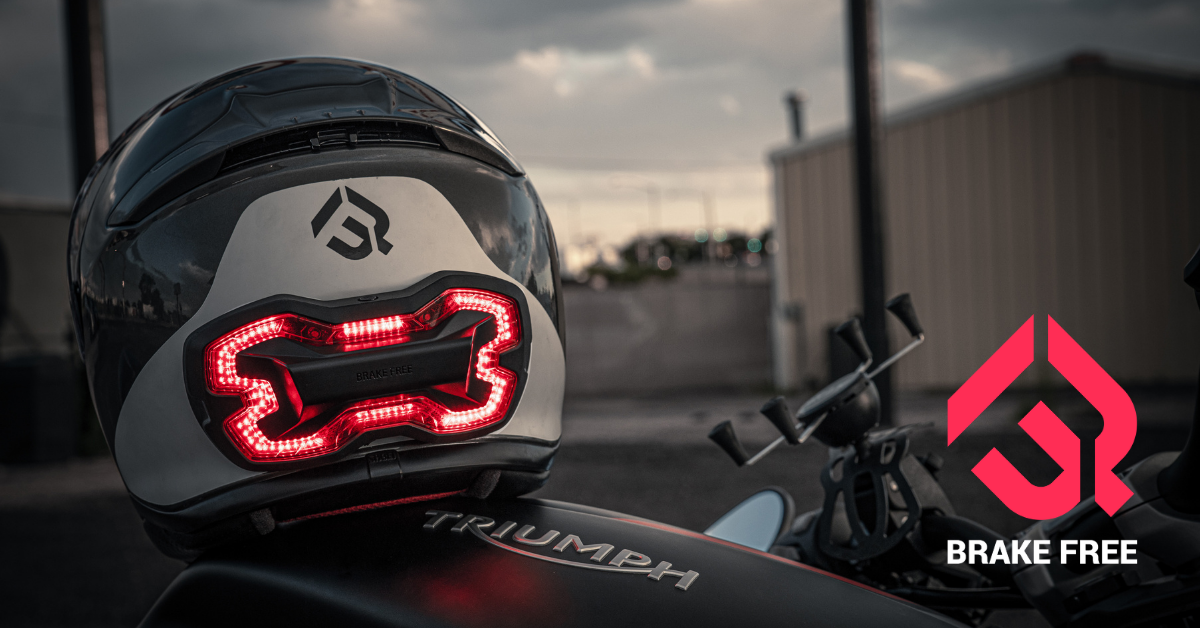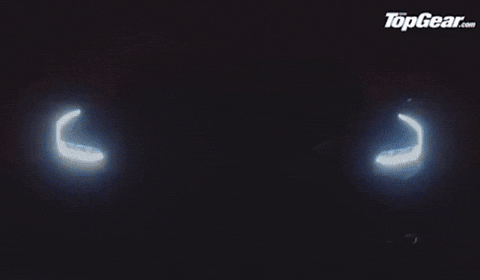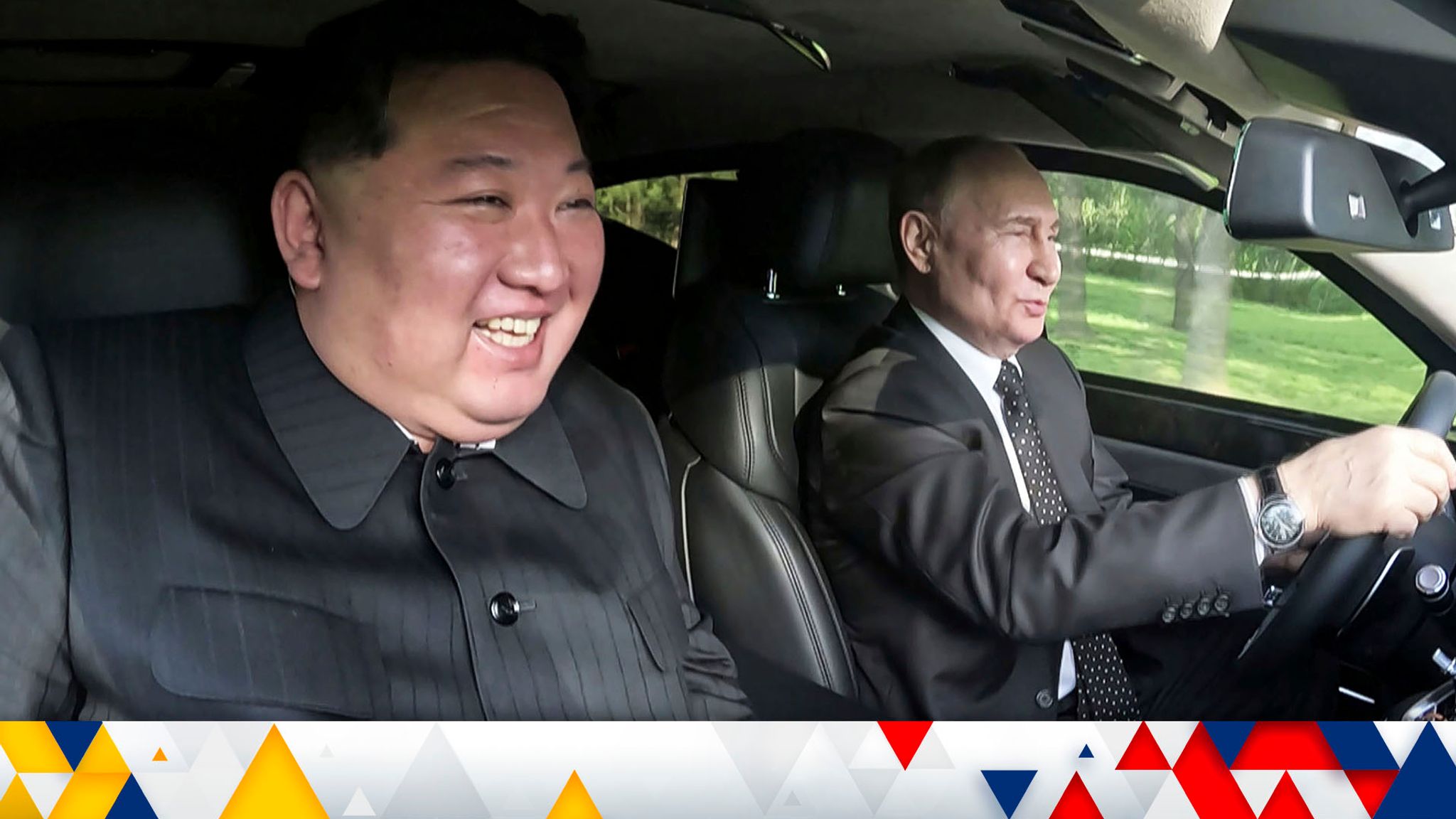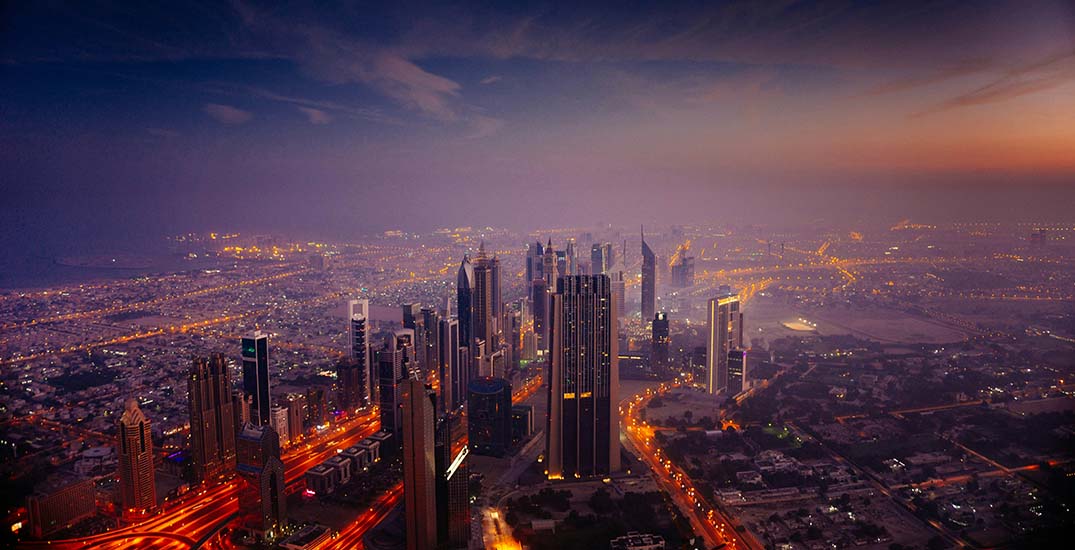- TECHSWU
- Posts
- TECHSWU #59
TECHSWU #59
Welcome to TECHSWU, your go-to destination for all things tech that matter in your daily life!



The COVID-19 pandemic has caused staffing shortages in various industries, including the fast-food sector. As people reevaluated their lives during the pandemic, many decided they no longer wanted to continue their current jobs.
This workforce reshuffling has led to difficulties in finding enough employees, particularly in fast-food restaurants. However, one possible solution to this problem may be the use of AI robots.
Miso Robotics has developed a robot named "Flippy" that can operate deep fryers commonly used in fast-food establishments. Chains like White Castle and Jack in the Box have already turned to Flippy and have seen a fourfold increase in profits.
While this may potentially address the staffing challenges, there are concerns about how the introduction of AI in the back of fast-food restaurants may impact prices, as affordability has been one of the main appeals of fast food. Only time will tell if this solution will bring the industry back on track.

A Japanese robot, called TOKUFASTbot, has set a new world record by solving a Rubik's Cube in just 0.305 seconds.
The robot, developed by Mitsubishi Electric Corporation, has six arms connected to a multi-axis motor and a high-speed camera. The system is powered by advanced artificial intelligence (AI) that enables the robot to rapidly turn the puzzle's colored panels.
The entire process happens faster than the blink of a human eye. The previous record for solving the Rubik's Cube was 0.
38 seconds, set by an MIT robot in 2018, while the record for a human solving the puzzle is 3.13 seconds.
TOKUFASTbot's achievement highlights the speed and precision of AI-powered robotics in performing complex tasks.

Are you looking for a way to improve your visibility while riding a motorcycle? Look no further than the Brake Free Helmet Brake Light! This innovative device, featured on Shark Tank, instantly improves your visibility on the road. With ultra-bright LED lights at driver's eye-level, you'll be seen by other drivers both day and night.
The best part? It easily mounts to the back of any helmet, so you can use it with the helmet you already own.
The Brake Free Helmet Brake Light is designed with safety in mind.
Its weatherproof design ensures that it can withstand any weather conditions, and its 100 Ultra Bright LEDs activate whenever you're slowing down, alerting other drivers to your movements. Plus, with a battery life of 8-12 hours, you don't have to worry about it running out of power during your ride.
Join the thousands of satisfied customers who have already improved their visibility on the road with the Brake Free Helmet Brake Light. Order yours today and ride with confidence and style.

Bugatti has unveiled its successor to the Chiron, the Tourbillon, which marks a departure from the brand's iconic W16 engine as it becomes electrified. The Tourbillon features an all-new 8.
3-liter naturally aspirated V16 engine, developed in collaboration with Cosworth, alongside a front e-axle with two electric motors and a rear motor. The combination delivers 1,800 horsepower, surpassing the Bugatti Veyron's output.
The hypercar also boasts a 25 kWh battery for an all-electric range of 37 miles. The car retains Bugatti's commitment to luxury and craftsmanship, with a timeless design aimed at becoming a cherished heirloom.
The Bugatti Tourbillon will be limited to 250 units and will start at €3.8 million ($4.
5 million).


Lawmakers in the US have raised concerns about China's recently unveiled robot dogs that are equipped with machine guns. In a hearing last week, members of the House proposed a policy measure that would require the Pentagon to assess the potential application of the Chinese quadruped unmanned ground vehicle in future conflicts.
The Secretary of Defense would also be required to investigate and submit a report on the threat to national security posed by these rifle-toting robot dogs. The proposal was unanimously adopted by the House but must still survive scrutiny from senators.
The robot dogs, showcased by China's People Liberation Army, have the ability to walk, hop, lie down, and move backward like real canines, and can provide tactical support to dismounted troops.


New technology and robotics are playing a crucial role in helping stroke patients with their recovery. Stroke is a major national health concern in Malaysia, with cerebrovascular diseases being the fourth leading cause of death.
These innovative rehab tools promote neuroplasticity, which is the brain's ability to form new connections. They offer specific and intensive therapy, providing real-time feedback and guidance to stroke survivors, making treatment more effective and enjoyable.
Examples of these technologies include robotic-assisted gait trainers, non-invasive brain stimulation, AI, immersive virtual reality, and brain-computer interface technology. While there are some challenges in adopting these new technologies, they complement conventional rehabilitation approaches and have the potential to lead to faster, more personalized recoveries for stroke patients in the future.
Overall, these advancements offer hope and support to stroke patients in their journey towards recovery.



Vladimir Putin has arrived in Vietnam for a state visit after spending the day in North Korea, where he signed a defense pact with Kim Jong Un. The pact has caused concern among South Korea, who condemned it and threatened to reconsider sending arms to Ukraine.
Putin warned South Korea that it would be a "big mistake" to supply weapons to Ukraine and stated that Moscow expected its cooperation with North Korea to serve as a deterrent to the West. In addition to the defense pact, new photos have emerged showing Putin and Kim's day out.
Meanwhile, in Ukraine, Russian officials were reportedly thrown out of a meeting for breaking custom. The situation in Ukraine continues to escalate, and the international community is closely watching the developments.
/cdn.vox-cdn.com/uploads/chorus_asset/file/25499502/ss_794a3ecd4ae51313f8cfffbc6b3d8b91c665b12b.jpg)
Embracer Group, a gaming company known for its ownership of popular franchises like The Lord of the Rings and Tomb Raider, has announced its belief in using artificial intelligence (AI) to empower game developers rather than replacing them. In its latest annual report, Embracer Group outlined its "Group AI Policy" which focuses on the idea of "empowerment.
" The company states that AI has the potential to greatly enhance game development by increasing resource efficiency, adding intelligent behaviors, personalization, and optimization to gameplay experiences. Embracer Group sees AI as a tool to create more engaging and immersive experiences for players while also improving game development speed, logistics, and planning.
The company acknowledges the potential risks and aims to empower its employees with AI applications. Embracer Group believes that not implementing AI and ignoring its potential will make the company less competitive in the gaming market.

Chinese sex doll manufacturer Starpery is planning to release a new generation of AI-enhanced talking sexbots this summer. The company is training its own large language model (LLM) to give its sex dolls more realistic human interaction.
The new models will be equipped with sensors and will be able to react with both movements and speech, enhancing the user experience by focusing on emotional connection. However, the biggest challenge in creating talking AI sex robots lies in achieving realistic human interaction.
Starpery has not disclosed what it is training its sexbot LLM on, but the new models are expected to be a significant advancement in the field. With competition increasing, the company is seeking to expand in the domestic market.


Nvidia, the popular computer chip maker, has become the world's most valuable company, overtaking Microsoft. This milestone comes as there is a massive surge in demand for computer chips from companies developing artificial intelligence (AI) systems.
Nvidia's chips are crucial for the development of AI, which is expected to have a transformative impact on various industries. The company's revenue routinely triples every quarter and its stock has risen nearly 174% this year.
Nvidia alone was responsible for almost a third of the S&P 500's entire gain for the year. The rise of Nvidia and other tech firms indicates the growing influence of technology companies in the world economy, with Silicon Valley and Washington State housing the five most valuable companies in the world.


A YouTuber named Sten has created a robot printer entirely out of Lego that is capable of creating pixel art. The robot, called the Pixelbot 3000, uses input from an AI image generator to 'print' pixel art mosaics.
The creation of the Pixelbot involved trial and error as Sten made several adjustments to improve its performance. He replaced the original base plate with a larger one to produce a better image and replaced the mechanical mechanism with screw pieces for smoother movement.
Sten also created software that drives the Pixelbot, which uses Python code to divide the source image into a grid and choose the center color of each space. The robot can handle 70 different colors and is equipped with touch sensors for precision in brick placement.
The Pixelbot 3000's code is available for download on GitHub.

The Global CitiVerse initiative was announced at the first UN Virtual Worlds Day, aiming to shape the future of cities through virtual world technology. Led by the International Telecommunication Union (ITU), the initiative will establish norms and principles for the governance of metaverse solutions in areas such as urban planning, education, and municipal services.
The goal is to accelerate progress towards the UN Sustainable Development Goals by harnessing the transformative power of virtual worlds. The initiative builds on the work of ITU's Focus Group on metaverse, which has identified opportunities for virtual worlds to support smart cities.
The Global Initiative on Virtual Worlds will complement the work of ITU's expert group for the Internet of Things and smart cities, and will foster collaboration among cities to boost expertise in the CitiVerse.


Imagine having the abilities of Doctor Octopus from Spider-Man in real life. Well, that may soon be possible thanks to the introduction of an AI-powered backpack robot developed by Japanese company Jizai Arms.
This innovative technology features six independently controlled robotic arms that can be worn like a backpack and provide users with enhanced capabilities and efficiency. The arms can move independently and are designed to feel like a natural extension of the wearer's body.
The backpack robot integrates advanced AI algorithms with robotics engineering, allowing users to control each arm independently through intuitive interfaces. The technology has vast applications across industries, including manufacturing, healthcare, and logistics.
Although the backpack robot is still in the testing phase and not yet available on the market, it has the potential to transform industries and improve lives by revolutionizing human-robot collaboration.


Los Angeles-based startup GrayMatter has raised $45m in a series B funding round to further develop its AI-powered robots for manufacturing processes. GrayMatter's technology, known as "physics-informed AI," allows robots to self-program and handle complex manufacturing environments with high-mix, high-variability processes.
Traditional robots struggle with such environments due to the numerous parts, variations, and variabilities involved. GrayMatter's robots, on the other hand, can adapt their process parameters based on observed performance and execute tasks autonomously.
This enables companies to address production backlogs caused by skilled worker shortages and improve product quality and consistency. GrayMatter has already deployed its robotic cells in sectors such as aerospace, marine, and sports equipment manufacturing, with customers reporting faster processing times and reduced waste.
The funding will be used to scale GrayMatter's team and develop next-generation AI robotic cells for additional use cases.
